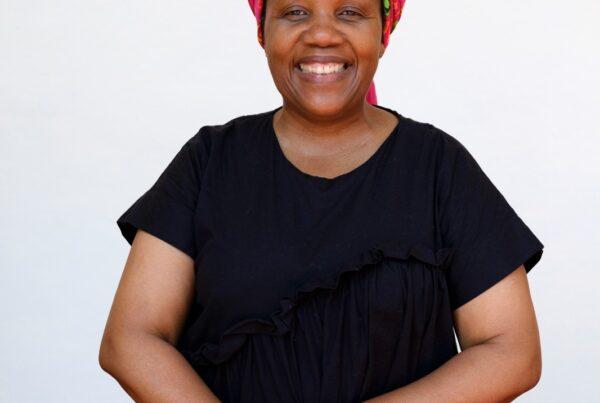We have to go on stubbornly pursuing the utopia of the child as a citizen, an individual with full rights, including the right of enjoying Art from the early years, which means also to exercise the “right to desire”, that we cannot and we are not willing to give up on.
The etymology of the word “desire” is beautiful and fascinating because of its duality, which includes the pain of absence and the willpower in searching.
“Desire” comes from Latin, made up of the preposition de (lack, absence) and sidus (star).
So it literally means “lack of stars”, as in “feeling the lack of stars”.
It is precisely this absence which pushes us passionately to look for a star that enlights our way, even if it stays hidden in the night.
There are many stars which fill the night sky for artists in TYA.
It’s enough to engage with the thousands of declarations of intent, which we find in the conversations and presentations during any Festival or Artistic Gathering.
In order to associate with children and take care of them through Art, I think it is necessary to combine desire with sustainable projects, as well as farseeing cultural policies, by building concrete actions, supported by thoughts in motion and projects in progress.
The construction of a Network is part of the pursuit of a sustainable desire.
A Network is a dynamic subject where we can share a strong external focus. A common way of doing things is not just helpful for the intentions of the Network, but above all, for those who are not members of the Network.
If we talk about Theatre, it means children and young people, but also the artists and people interested in them. Inside a Network, projects can cross each other, by imposing a continuous interweaving of desires with actions. I think that this has to be the nature of ASSITEJ Networks, such as Small Size, ITYARN, IIAN and WLPG, but also, I hope, it will be the same for the emerging Networks, such as the Young Dance Network.
I think that the Networks can be a great resource for the future of ASSITEJ.
There is no conflict between National Centres and Networks; on the contrary, I hope they will help each other in their growth, as quality and quantity, collaborations and interactions for projects.
Meanwhile, I think that Networks can bring two important contributions to the future of our Association.
The first is an invitation to consider the necessity of keeping continuity with each one’s unique identity, while developing specific projects and serious research paths. If Networks don’t achieve this, they will lose their meaning in a short time.
The second contribution is the transnational nature of the Networks, which I think as a wonderful element of identity, especially during these times of sovereignty and nationalism, which strengthen borders and barriers between us.
Another wish.
I come from Networks and my bond with Small size is very strong, because of its history, and of course because of its focus, that I continue to perceive as a charming challenge: the artistic relationship with Early Years.
Small children, even the very small ones, are spectators of a disconcerting honesty.
If they don’t like something, they’re not afraid to show their impatience.
But when they feel that what they are experiencing is interesting, then they become special listeners, able to express their curiosity and amazement.
In 2020, Theatre for Early Years is a certain reality.
So, why does Small size have to go on supporting and promoting itself?
First of all, because it is still a niche market, even if many people have attended it.
Some have loved it, some have just used it.
Someone was intrigued and discovered its beauty, by getting amazed more and more.
Somebody else just pretended to be a little surprised.
When discovering a full meeting with the Early Years, it is impossible not to be curious as an artist, but if the artist doesn’t know how to be surprised, then they will not find pleasure in this challenge.
The challenge of looking for contact with human beings who, because of their age, are living in an Elsewhere. It happens for the Early Years, but also for older children, as adolescents or young people in general, as they also live in an Elsewhere.
Because each one of them is deeply different from us, the adults.
Going on with promoting Art for children is also a way to promote the need for complex artistic relationships with that Elsewhere.
It is a way of interpreting theatre-making for children and young audiences.
Because “Art is not a question of age, but of curiosity”, as the 6th edition of the “Small size days”, from January 31st to February 2nd, will remind us.
Three days of shows and events dedicated to early childhood.
A wide program (follow @smallsizenet on facebook) spreads at the same time in many countries around the world, in order to witness the importance of the first years of life, dedicated to the Early Years and to all those people who are curious like them.






